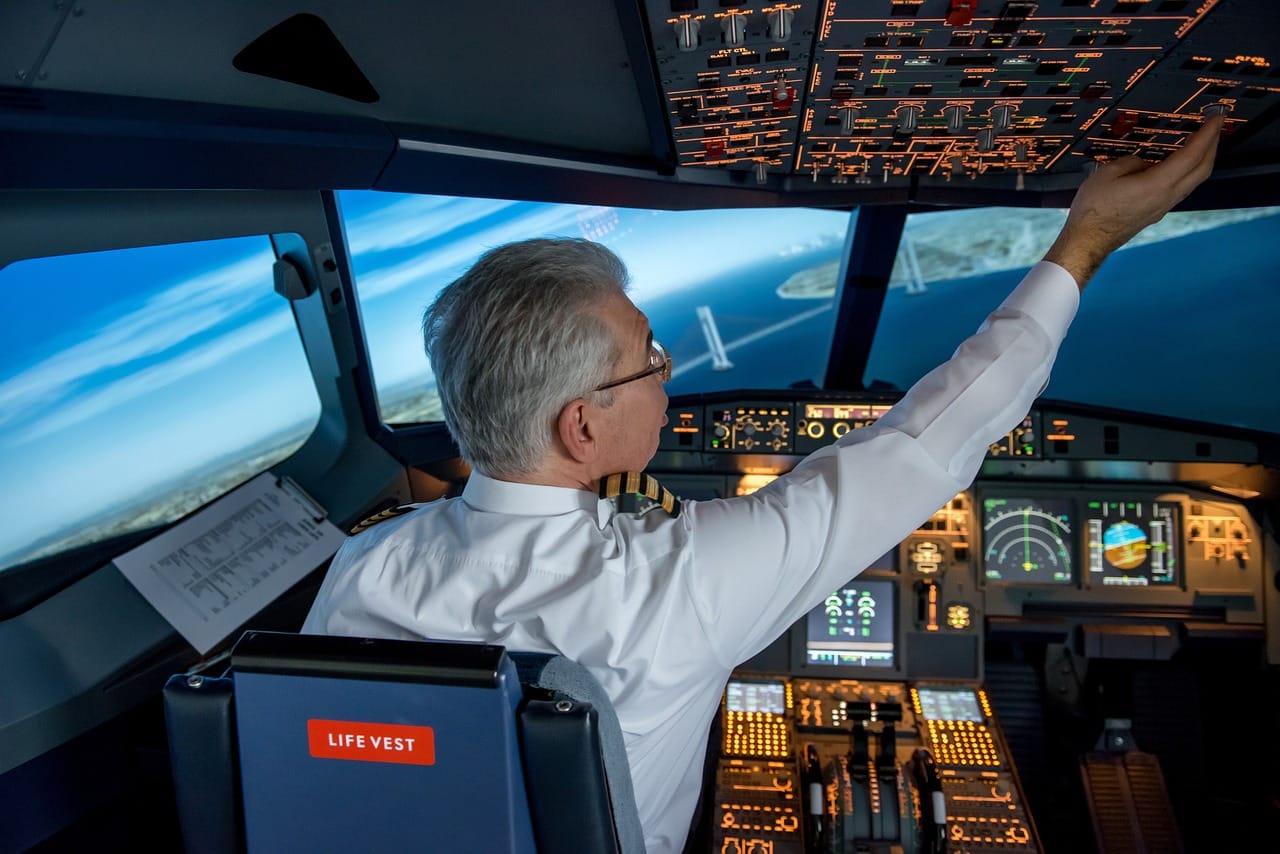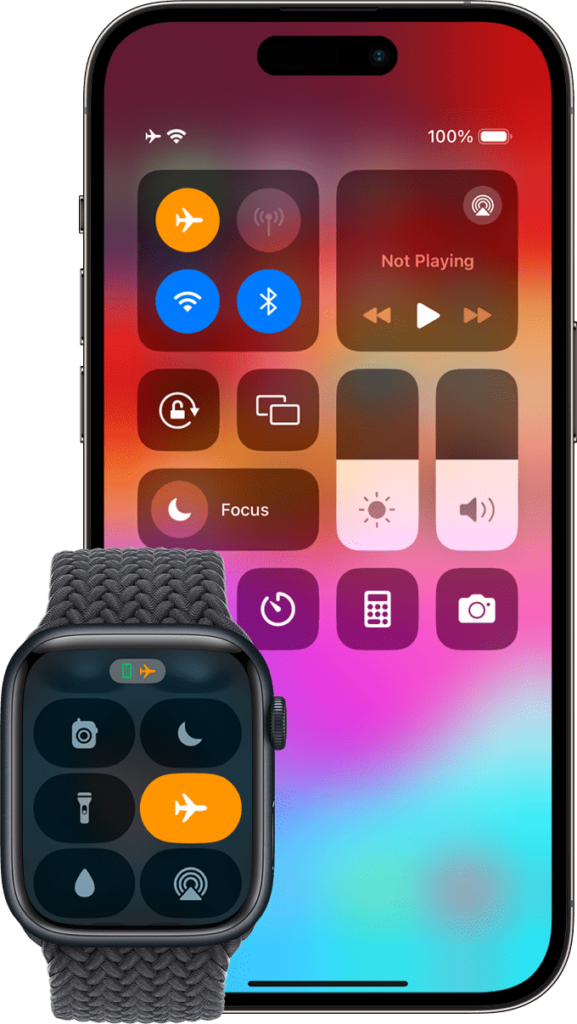Physical Address
304 North Cardinal St.
Dorchester Center, MA 02124
Physical Address
304 North Cardinal St.
Dorchester Center, MA 02124

The holiday season is here, and millions are gearing up for trips across the country to visit family and friends. As travelers pack into crowded airports and squeeze into plane seats, everyone knows the routine: buckle your seatbelt, listen to the safety announcements, and—without fail—switch your smartphone to Airplane Mode.
But do you really know why this seemingly outdated rule still exists? Is it just airline paranoia? Or is there more to it? A viral TikTok video by a seasoned Airline Pilot and U.S. Army Vet “PerchPod” has just spilled the beans, and the truth will leave you stunned.
Forget the conspiracy theories. Turning on Airplane Mode isn’t about saving the plane from falling out of the sky. It’s not even about your phone disrupting the aircraft’s critical systems. So, why the fuss?
“It’s simple, your phone can mess with the pilots’ headsets.”
That’s right. The buzzing sound you sometimes hear near a speaker when a phone is nearby? Imagine that happening in the pilots’ ears as they communicate with air traffic control.
Pilots rely on clear communication with air traffic controllers to guide the plane safely. They receive crucial instructions—like weather updates, flight coordinates, and landing clearances—through their headsets.
“When we’re taking down important directions, that interference is distracting,” PerchPoint revealed. “It’s like a constant, annoying buzz in the background. Not life-threatening, but definitely frustrating.”
Even though a stray phone won’t cause chaos, it’s an unnecessary distraction for pilots who need to stay focused, especially during critical moments like takeoff and landing.
Skeptics have argued, “If it’s such a big deal, why don’t airlines just confiscate phones?”
“There’s no direct link between phones and crashes, but why take any chances? With so many flights and passengers every day, it’s better to play it safe.”
As if buzzing headsets weren’t enough, the rollout of 5G networks has added another layer of concern. 5G frequencies are alarmingly close to the aviation bandwidth used for navigation systems, especially those near airports. The overlap in frequencies could impact systems that assist pilots during landings. With airlines juggling so many variables, turning on Airplane Mode is the simplest solution to prevent potential interference.
Even though your plane is miles above the ground, your phone doesn’t stop working. It continuously searches for a signal, hopping between towers as it flies overhead. This activity could overload networks on the ground, causing widespread service disruptions.
Switching to Airplane Mode disables these signals entirely, preventing unnecessary strain on wireless infrastructure.

In a recent flight, PerchPoint experienced firsthand how phones can interfere with cockpit communication.
“As we started getting directions, this really annoying buzz came through the headset. It wasn’t dangerous, but it made it harder to concentrate while copying down instructions.”
This example highlights why airlines remain strict about Airplane Mode. Pilots have enough to deal with; adding unnecessary interference isn’t worth it.
While the chances of interference causing a serious issue are slim, airlines take no chances. Every little distraction adds up, especially in the fast-paced environment of modern aviation.
And let’s not forget: Airplane Mode isn’t just about safety. It’s also about courtesy. No one wants a cabin full of passengers shouting into their phones mid-flight.
Next time you board a plane, don’t roll your eyes at the Airplane Mode announcement. It’s not just a rule for the sake of rules. It’s about preventing unnecessary interference, keeping pilots focused, and ensuring smooth communication with air traffic control.
With the holiday season in full swing, millions will take to the skies. Let’s make the experience safe, stress-free, and buzz-free—one Airplane Mode switch at a time.